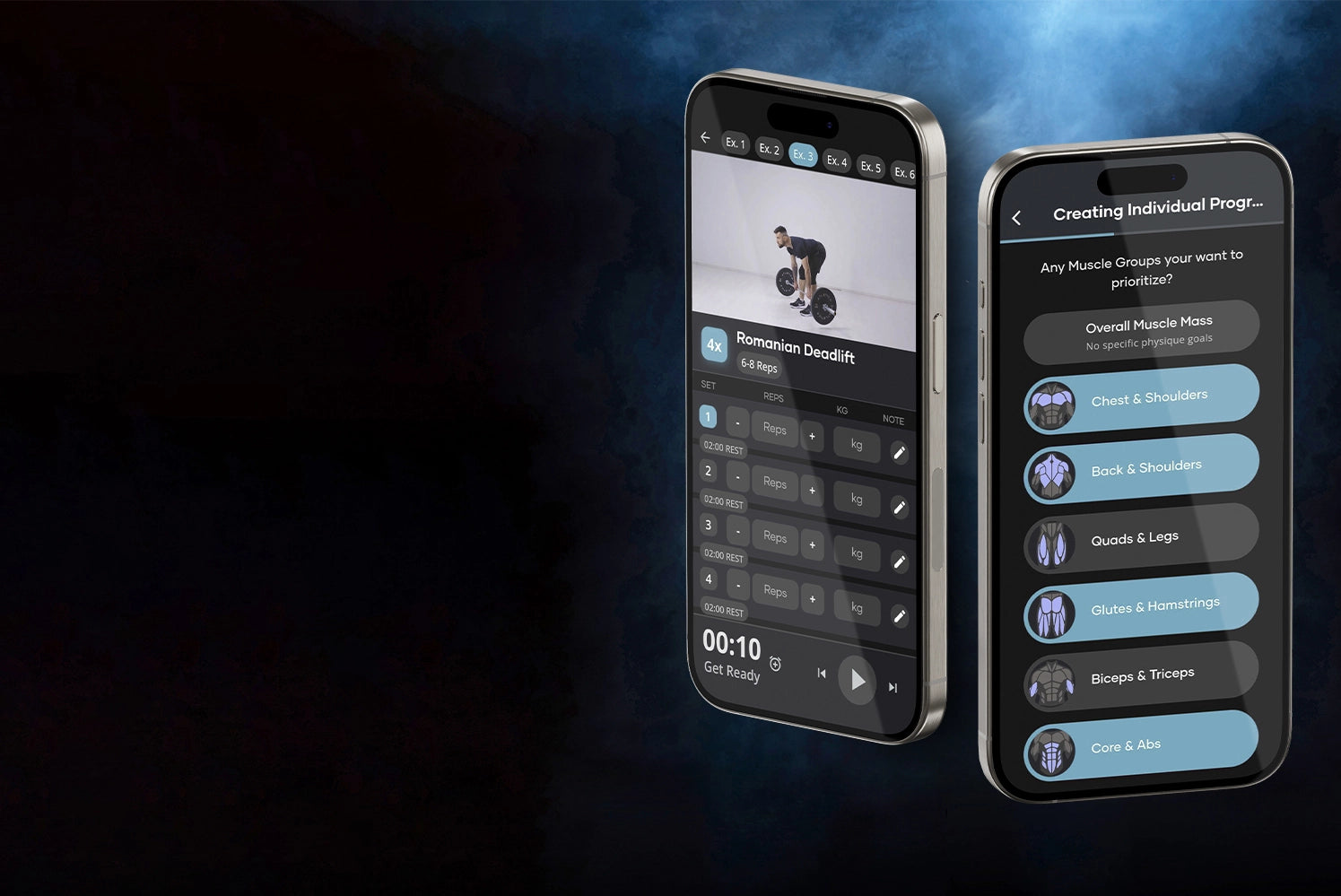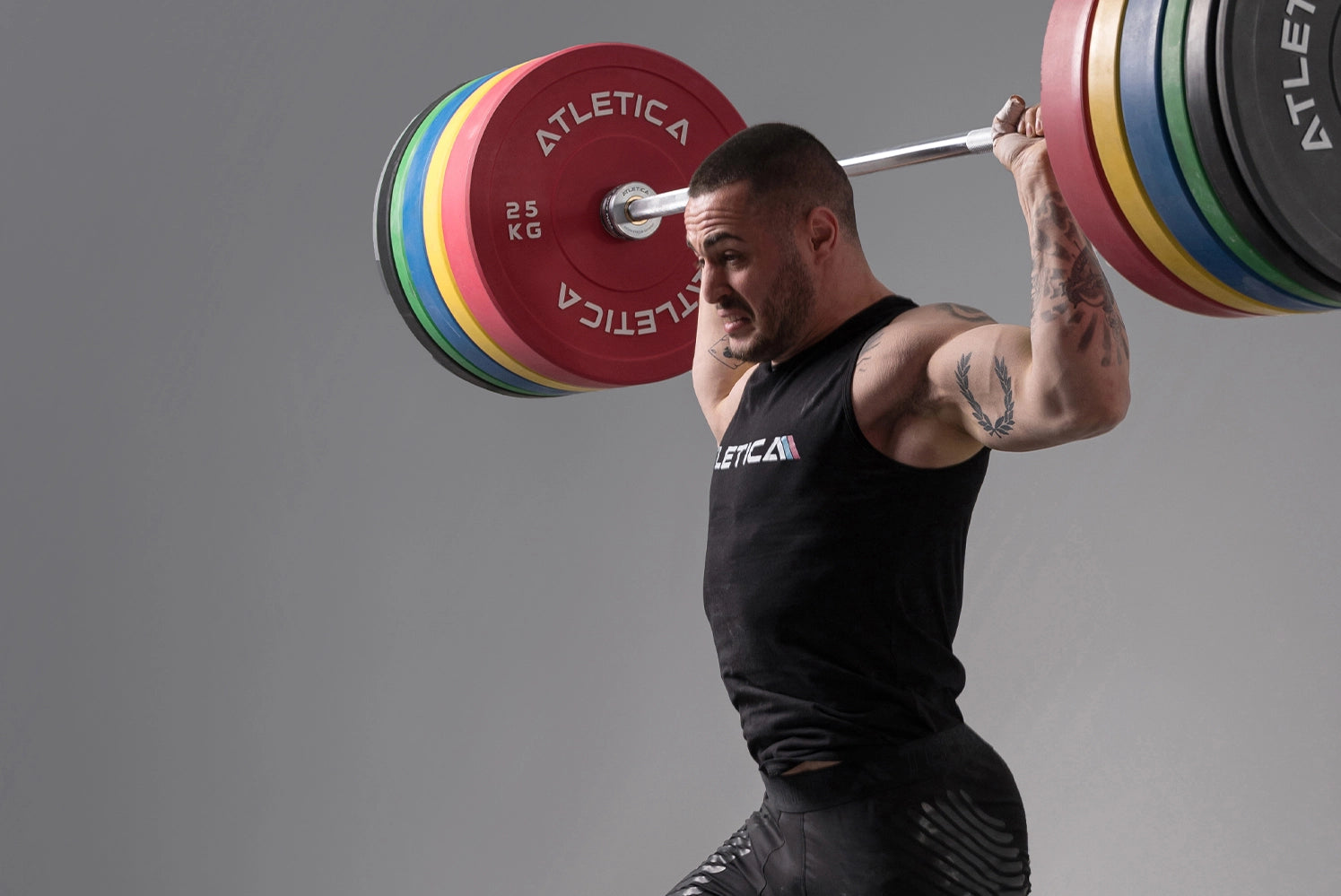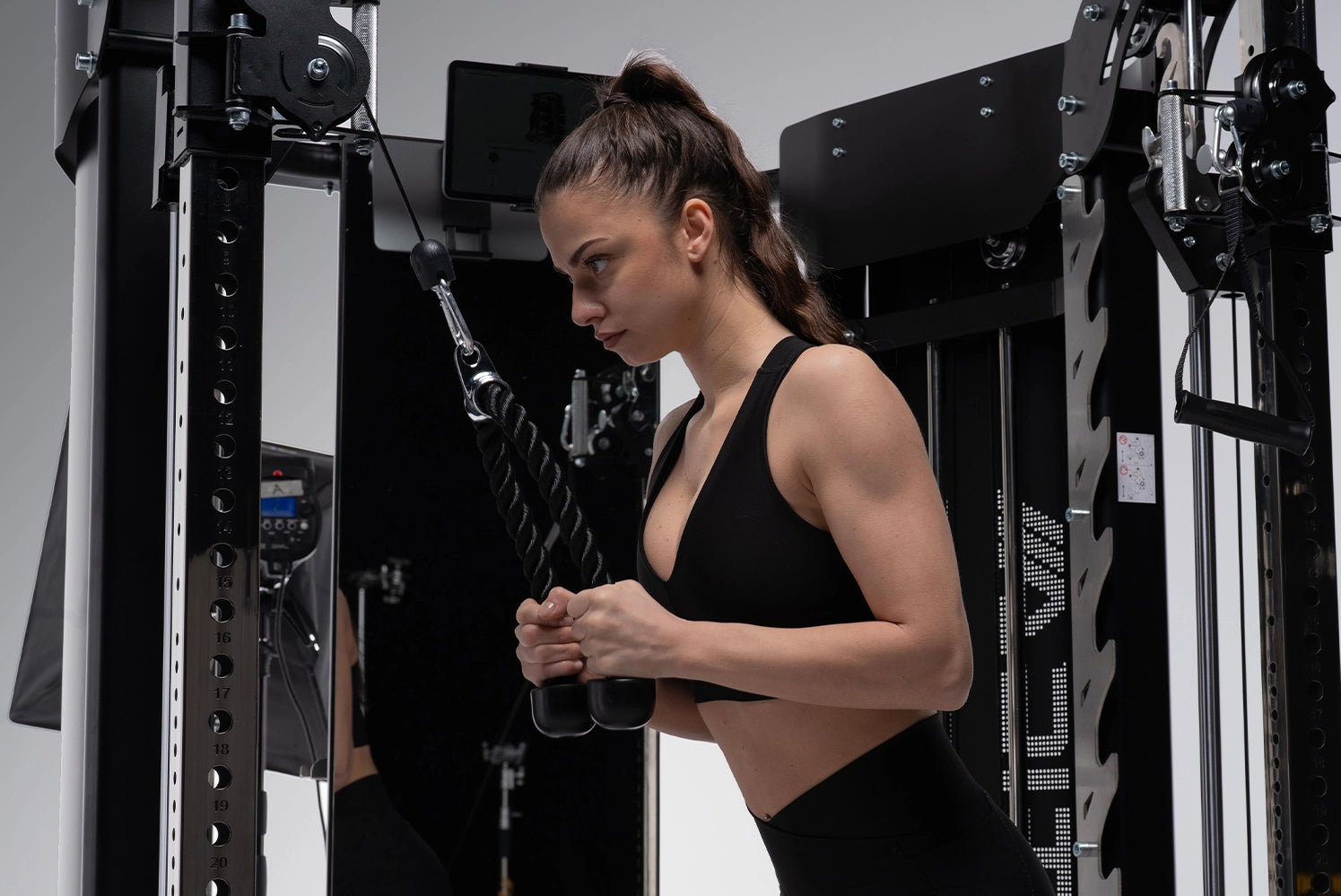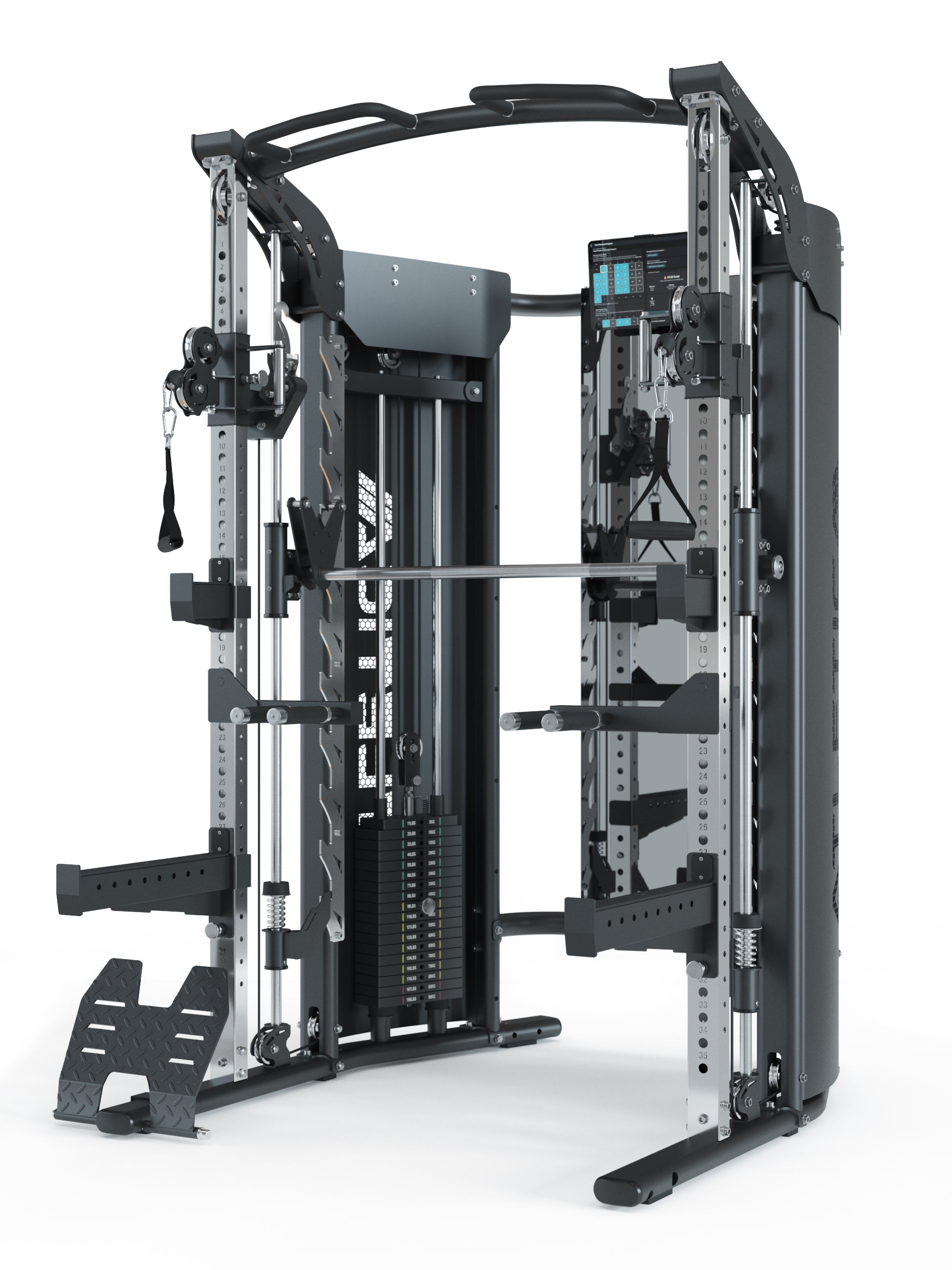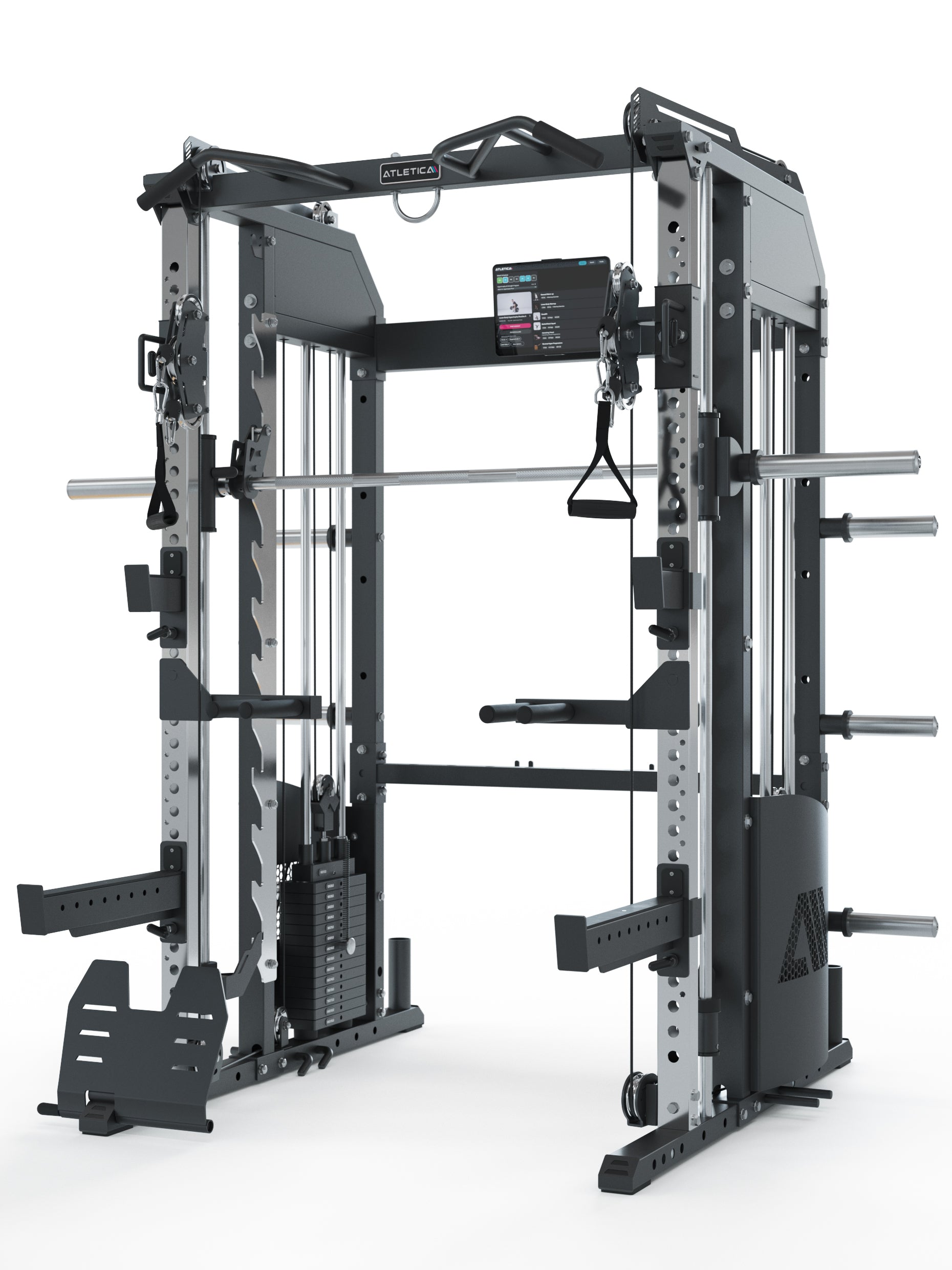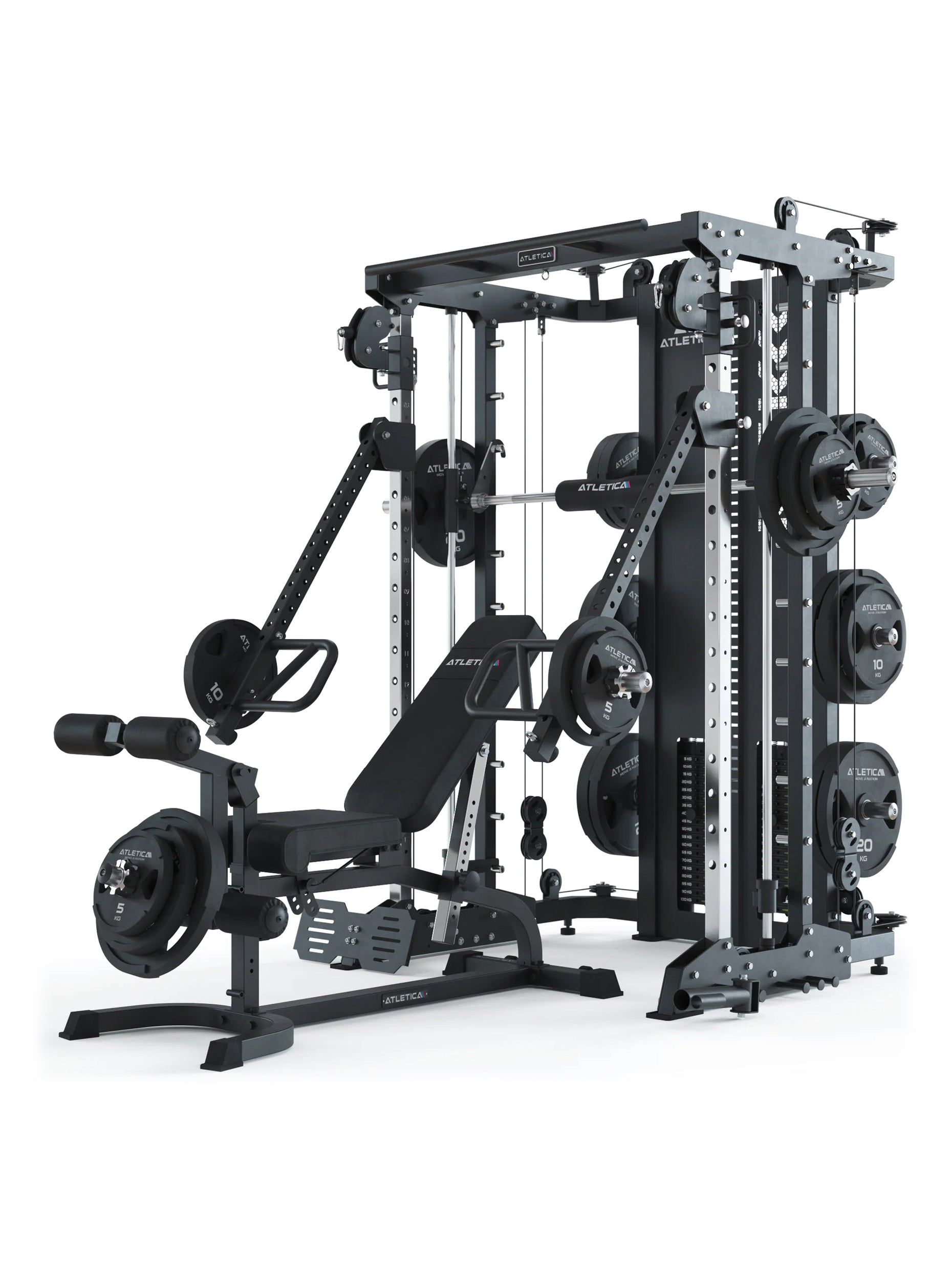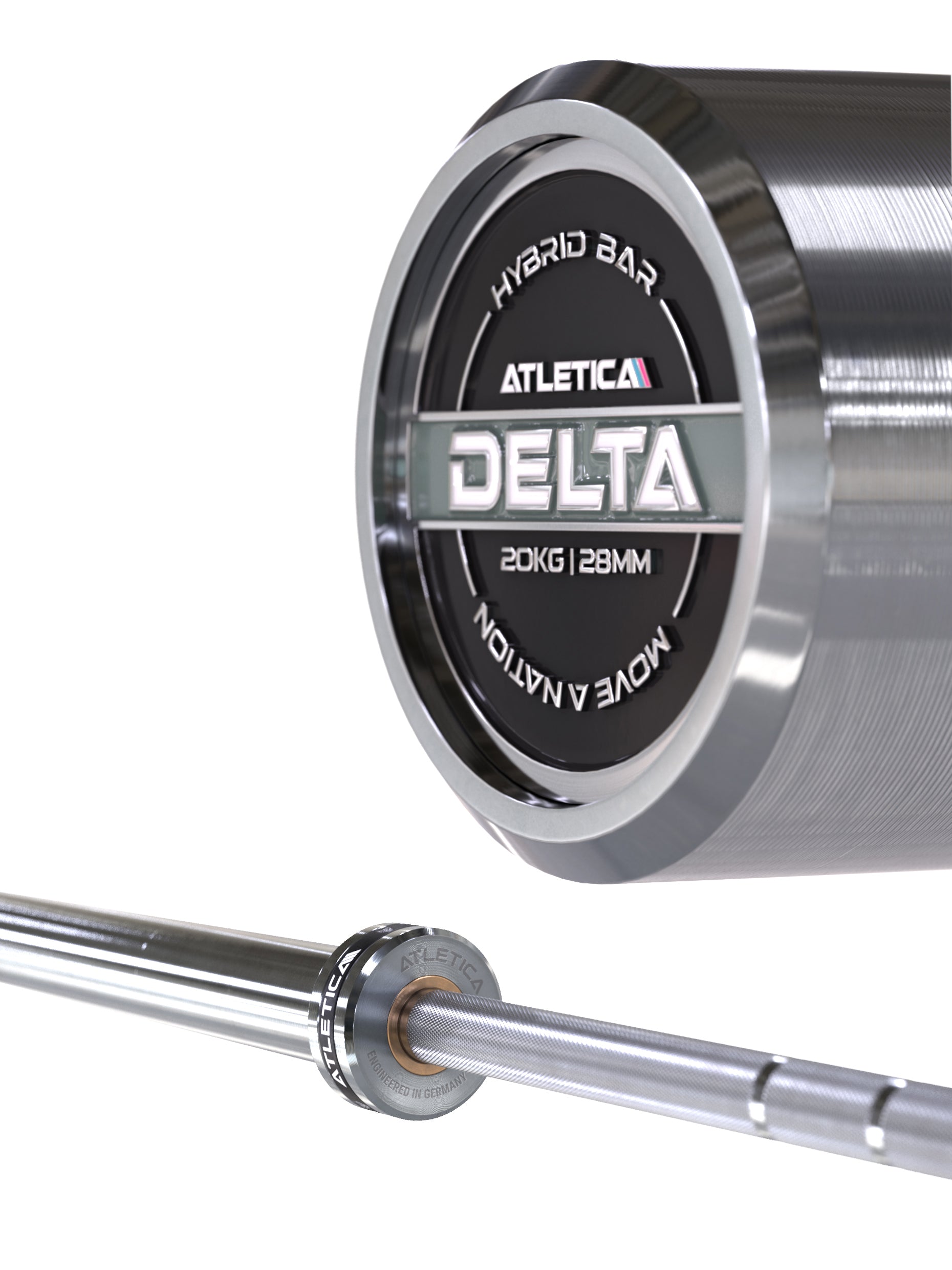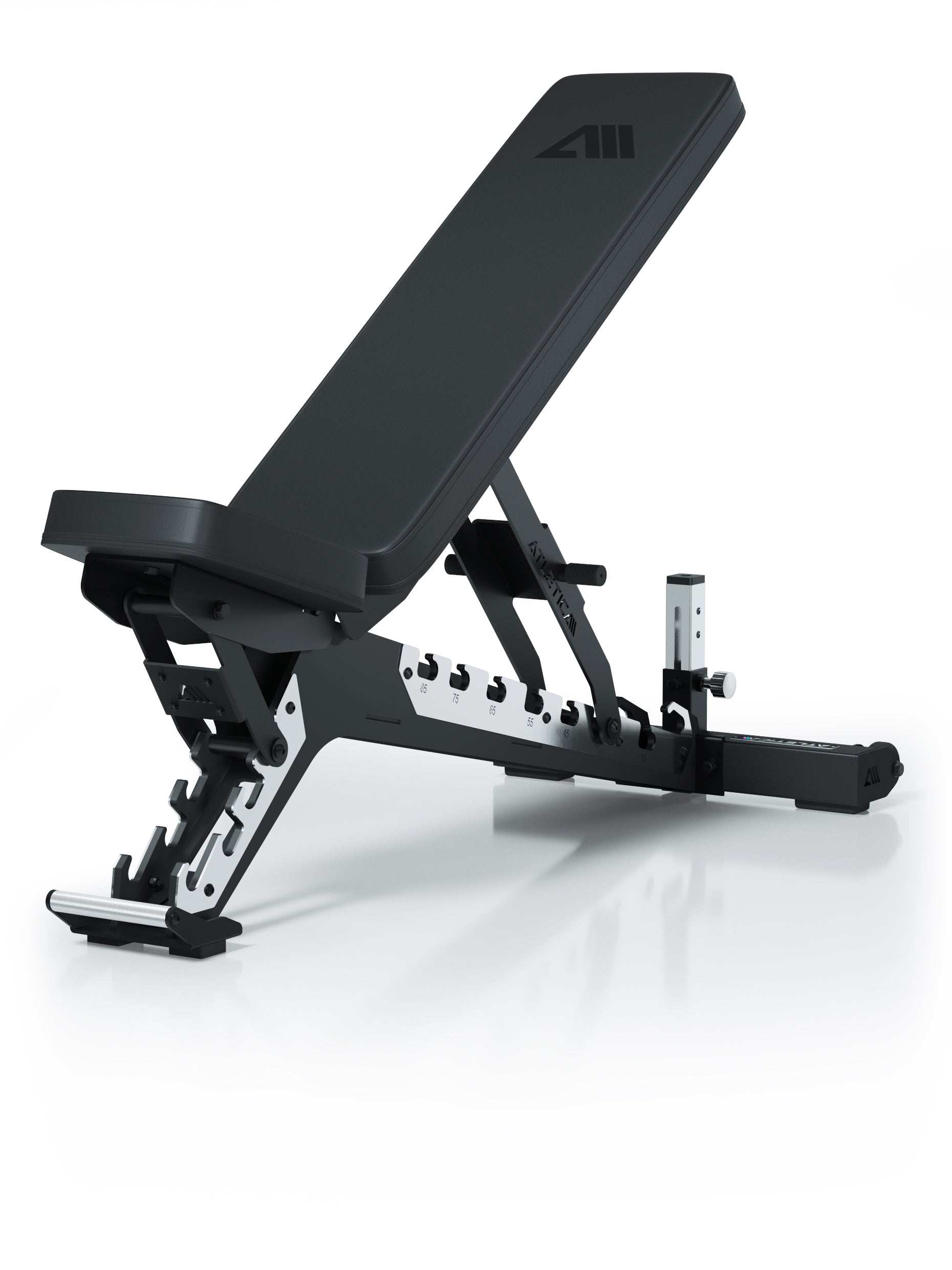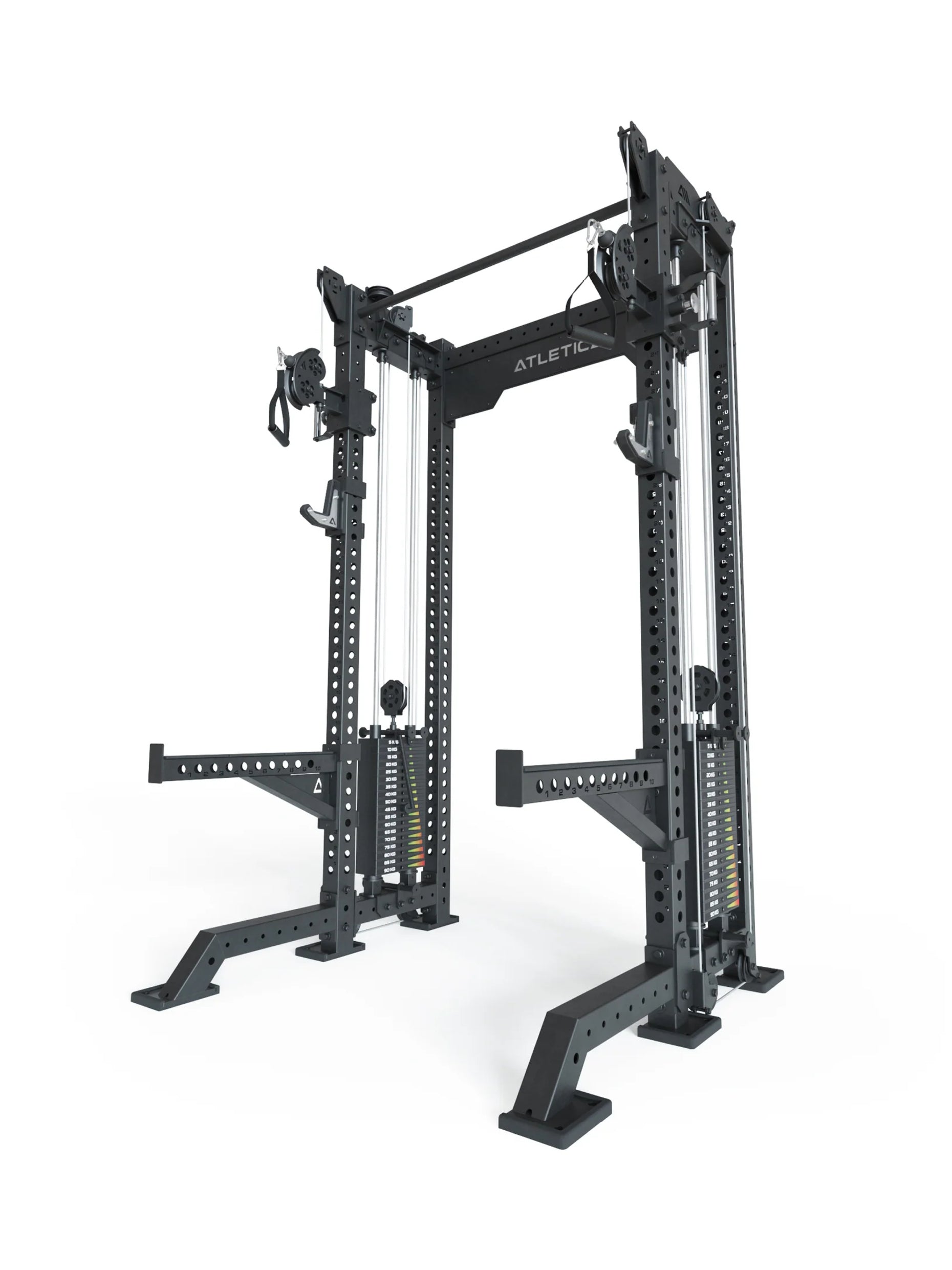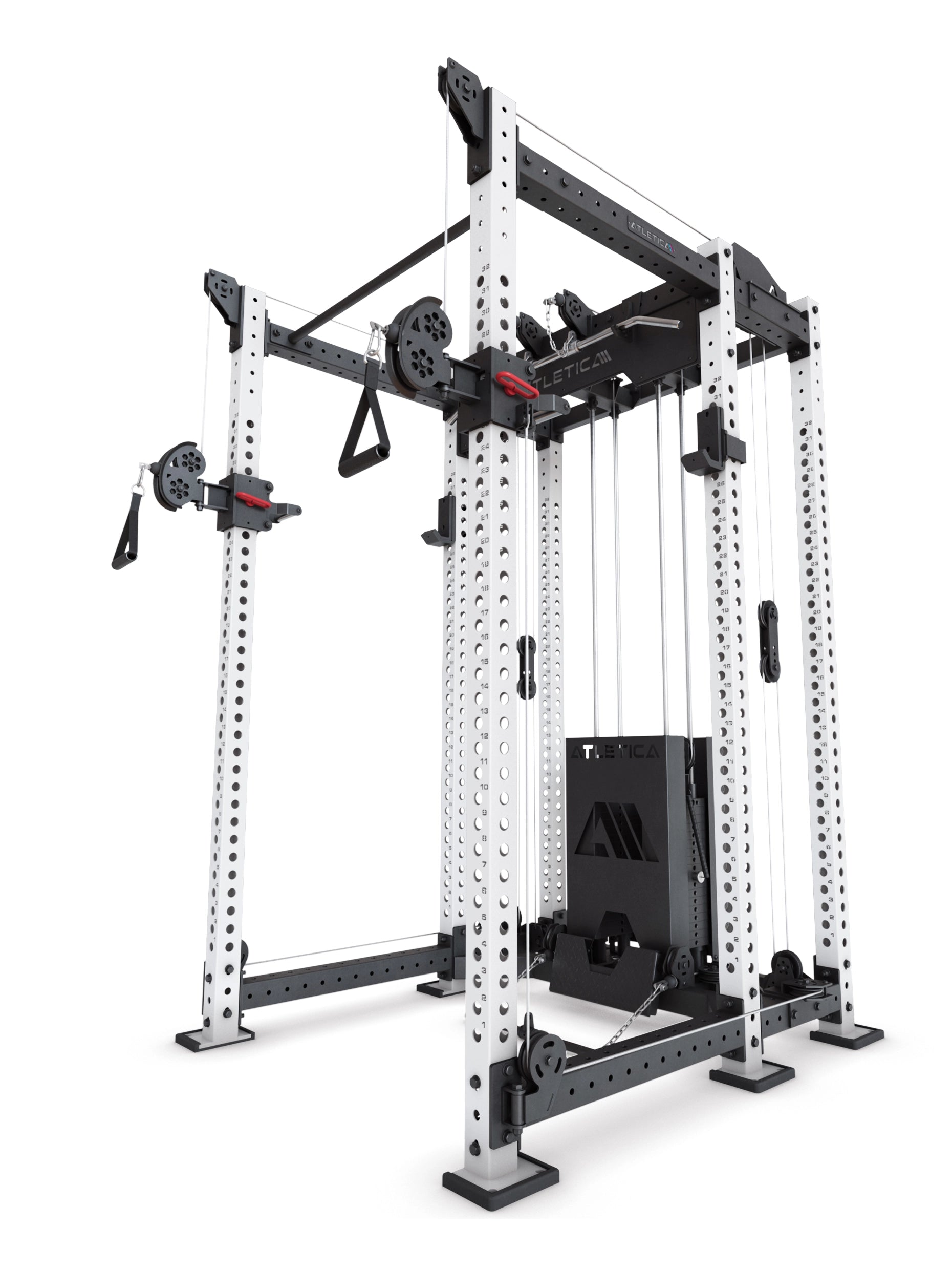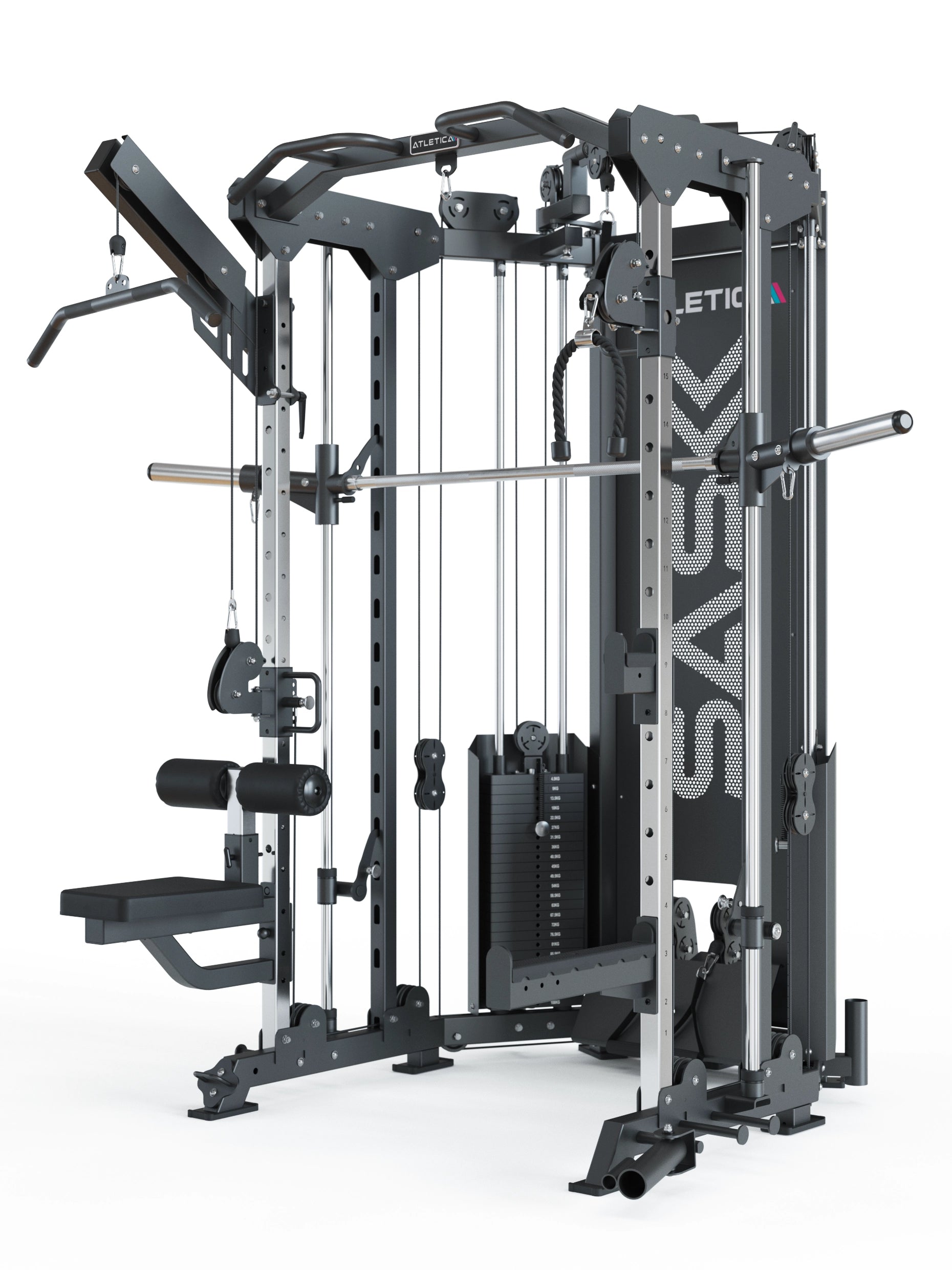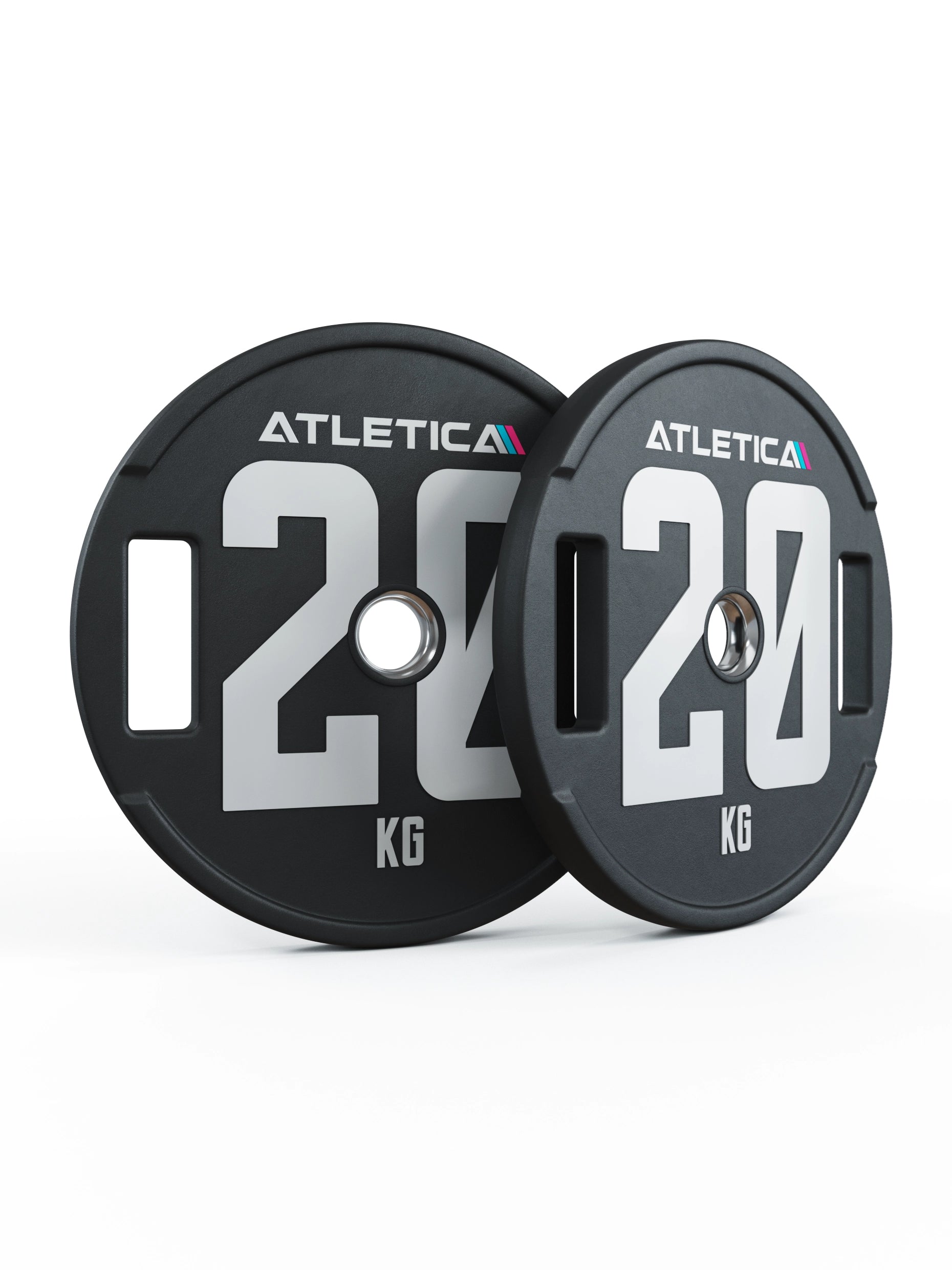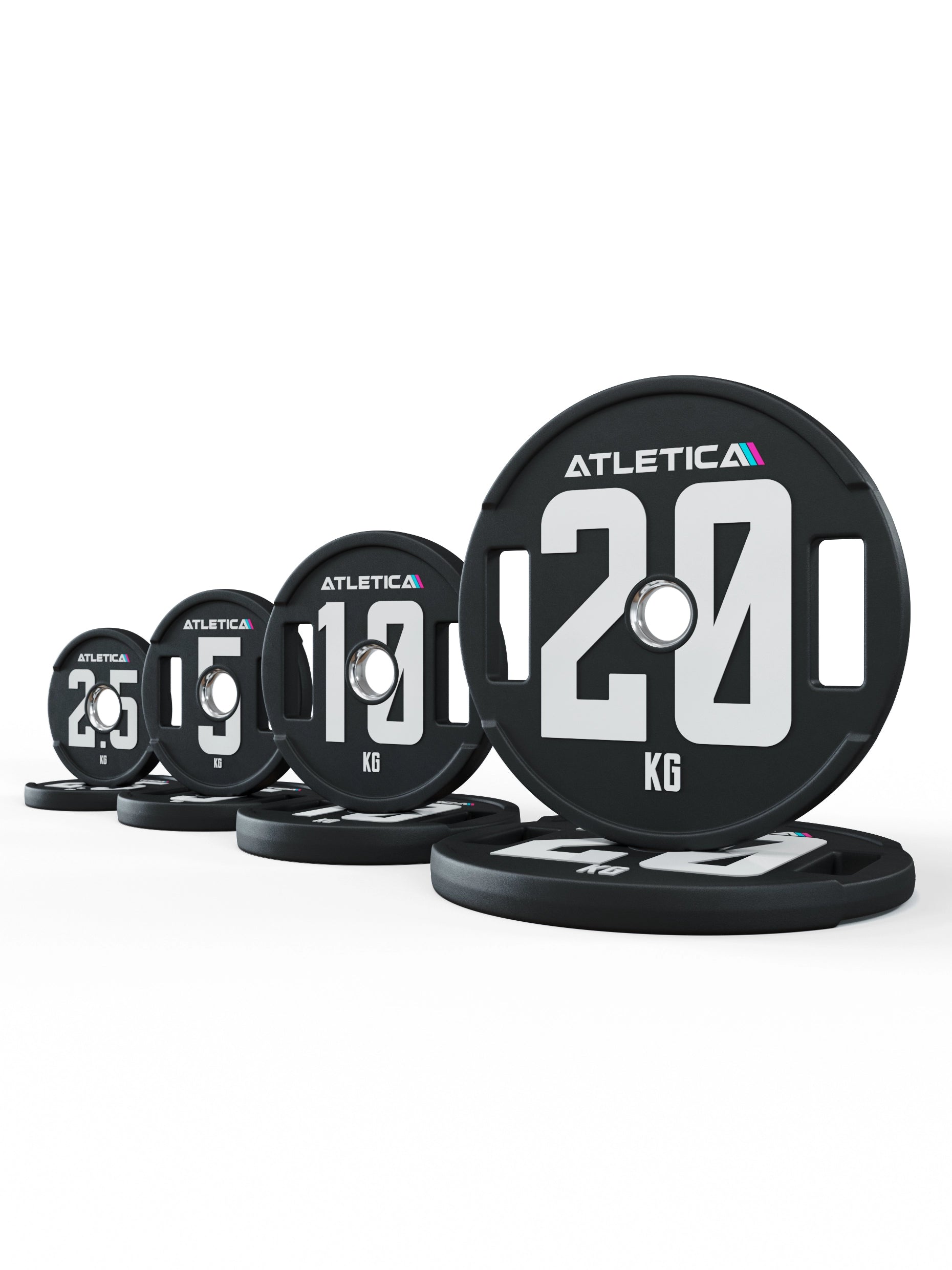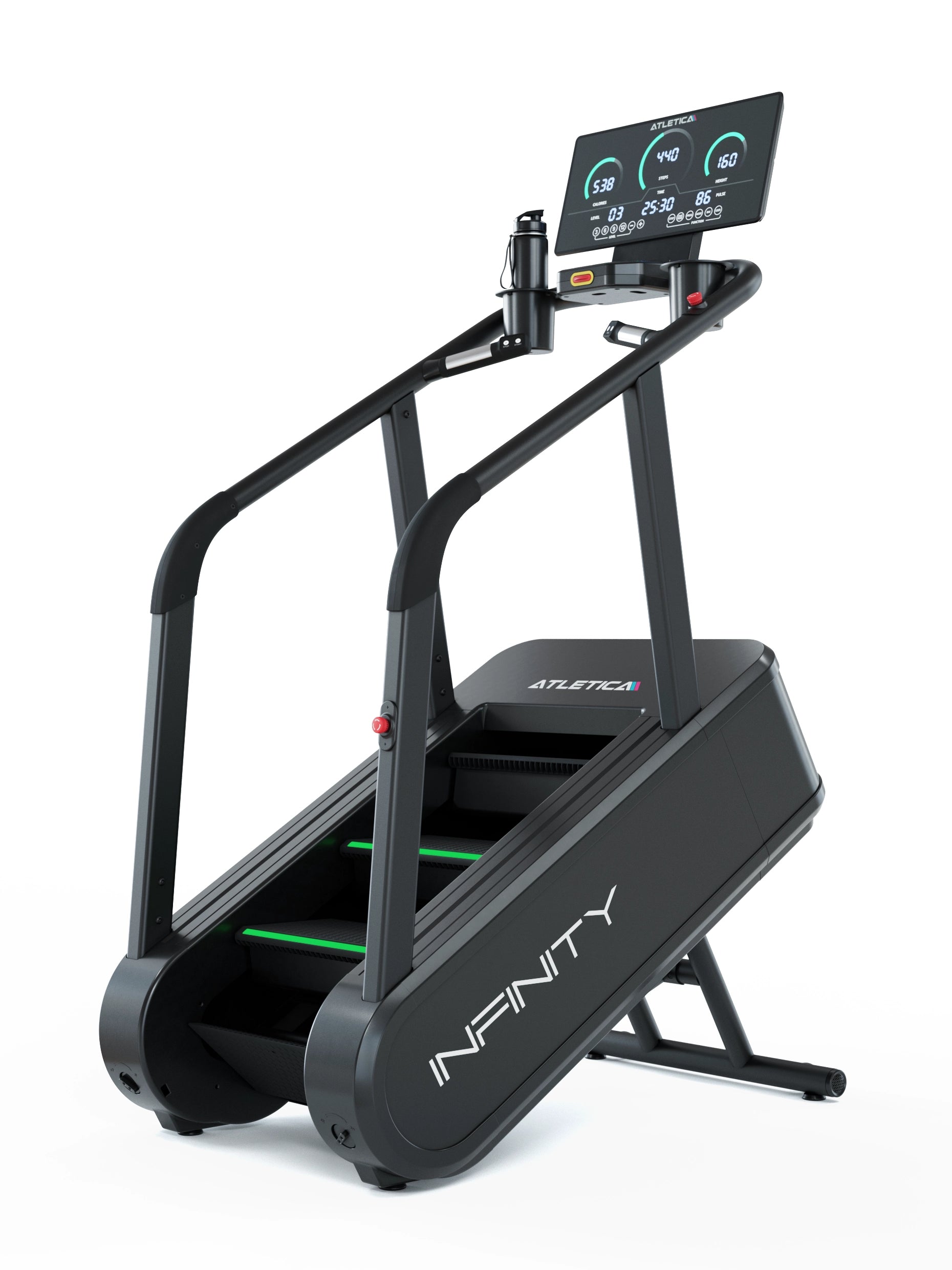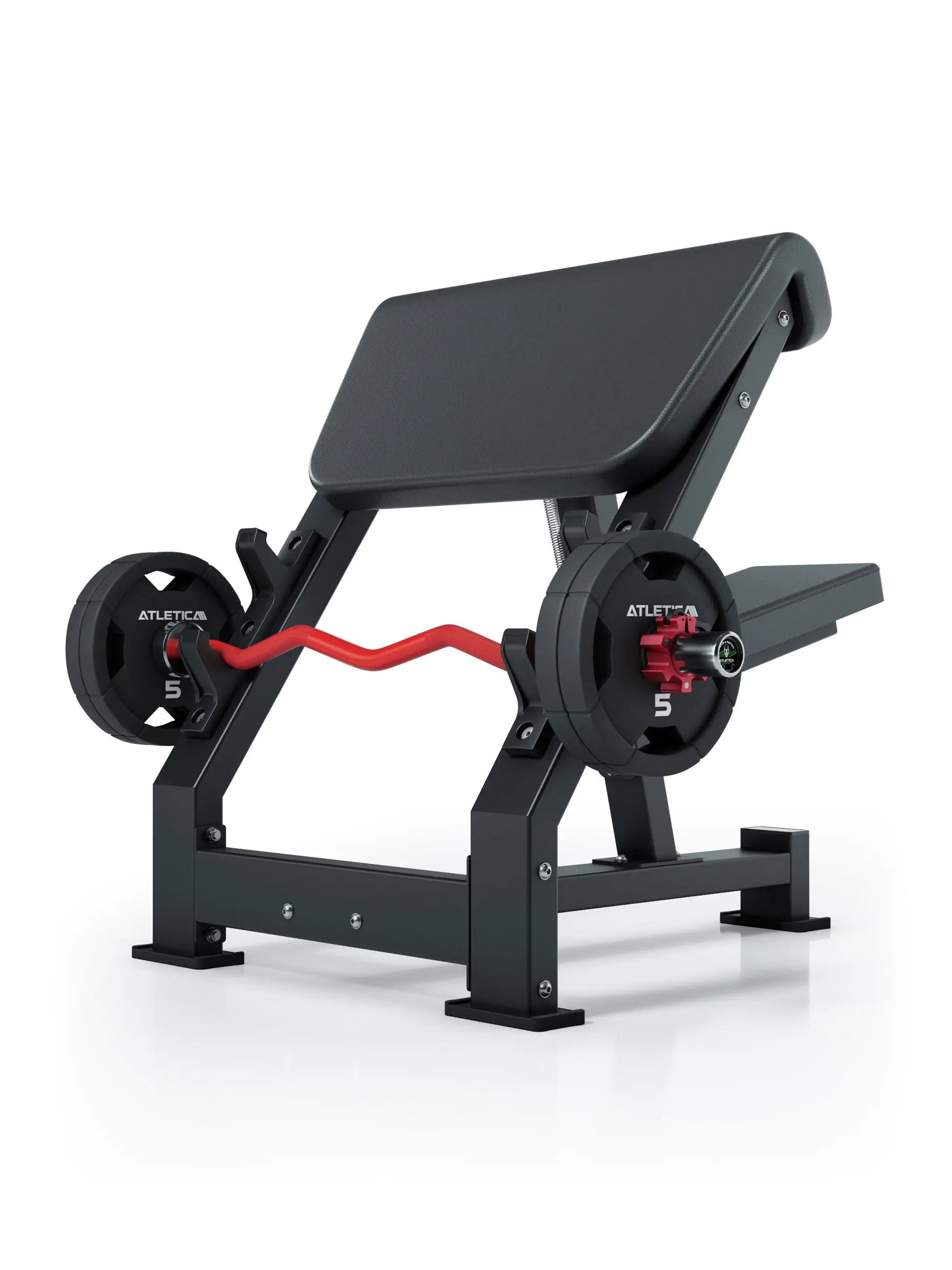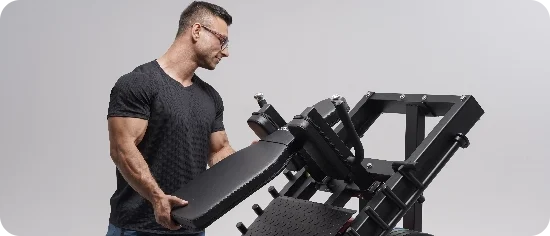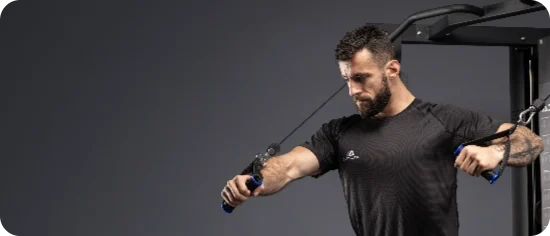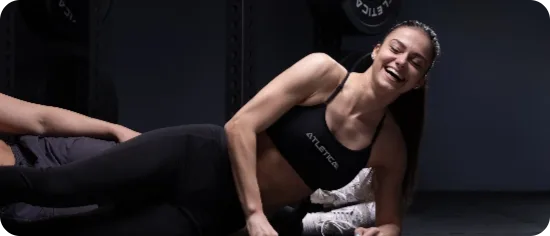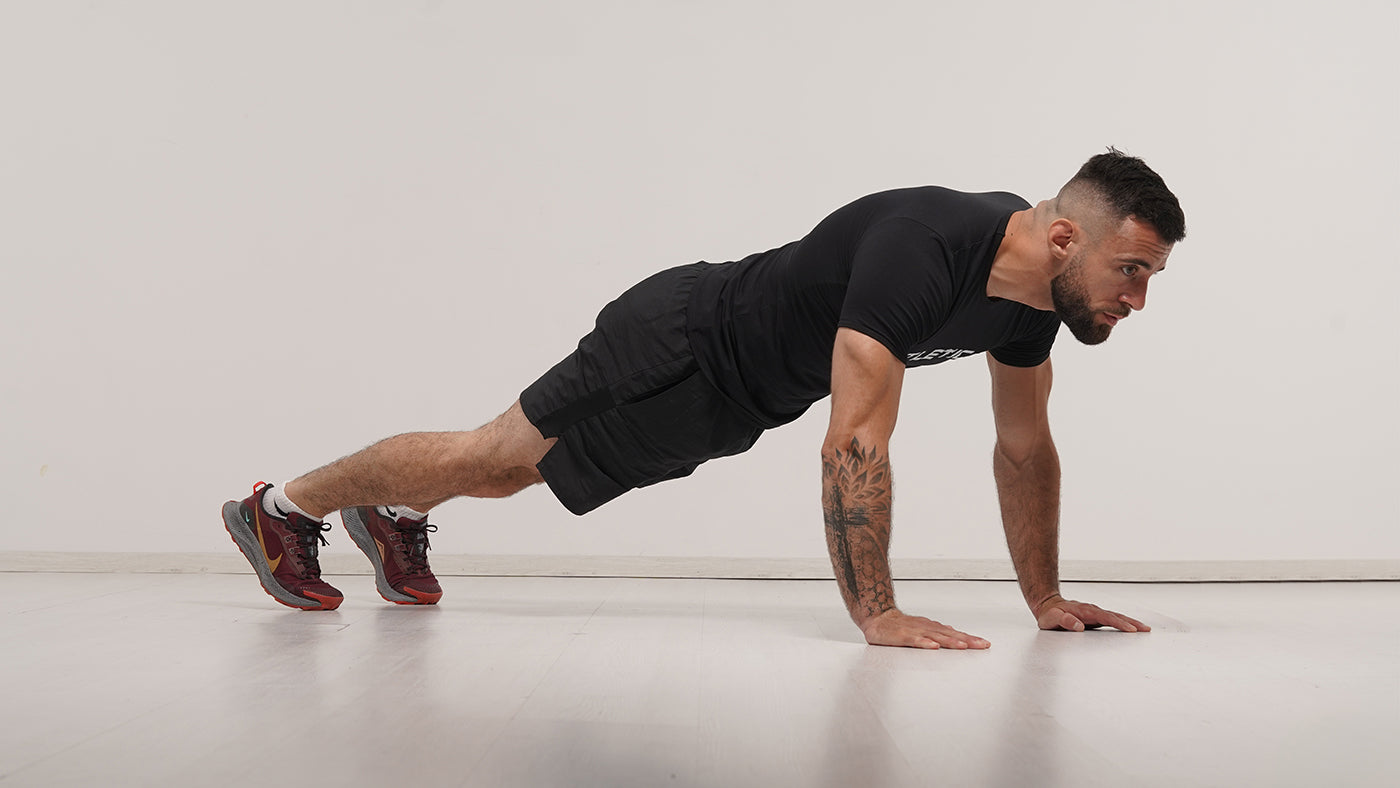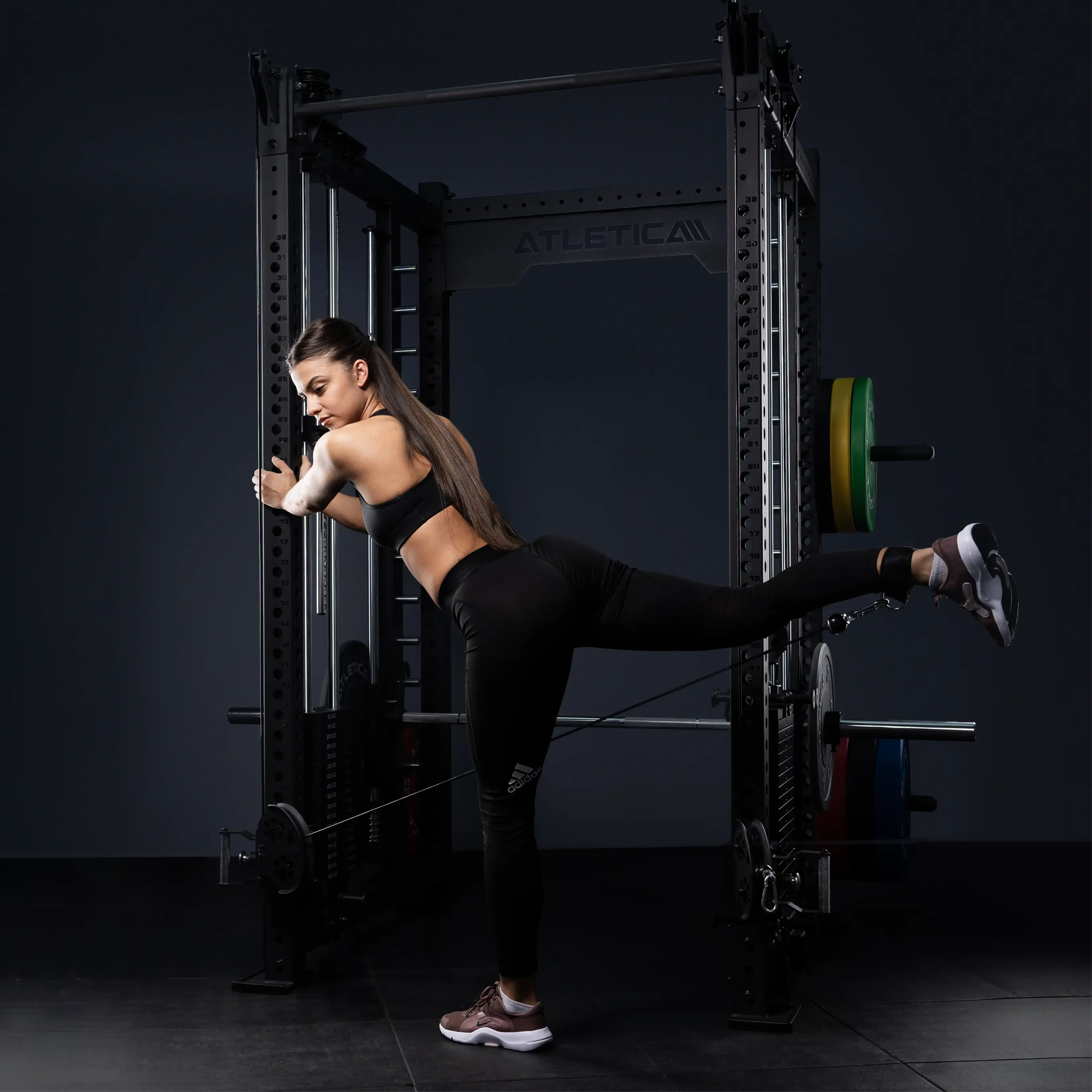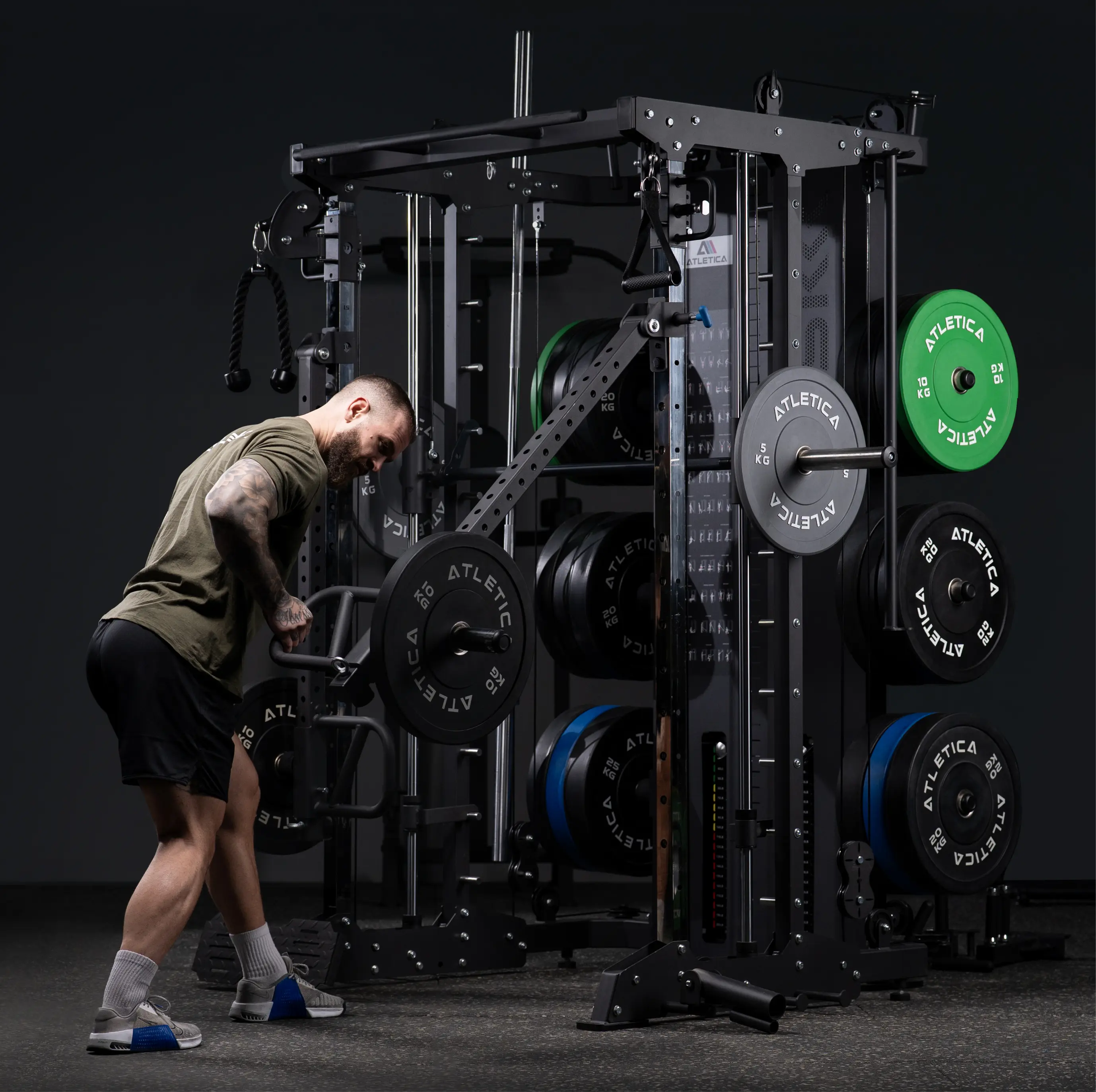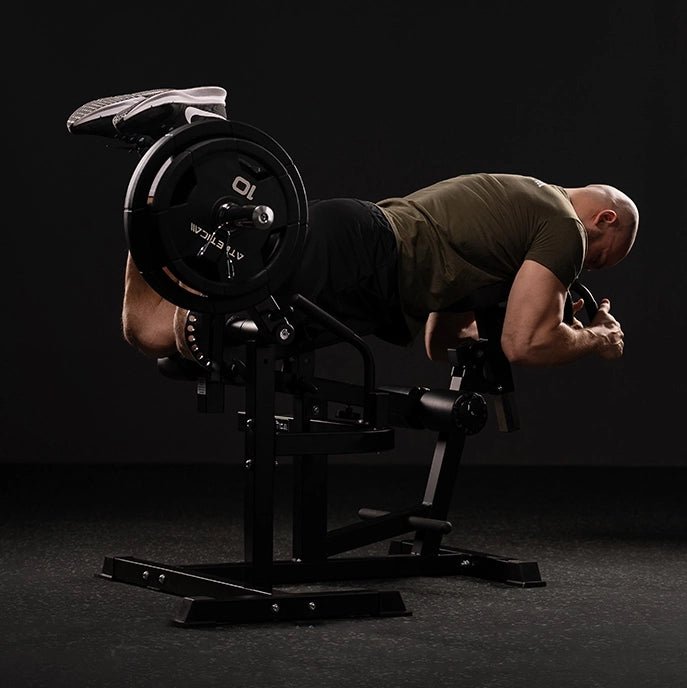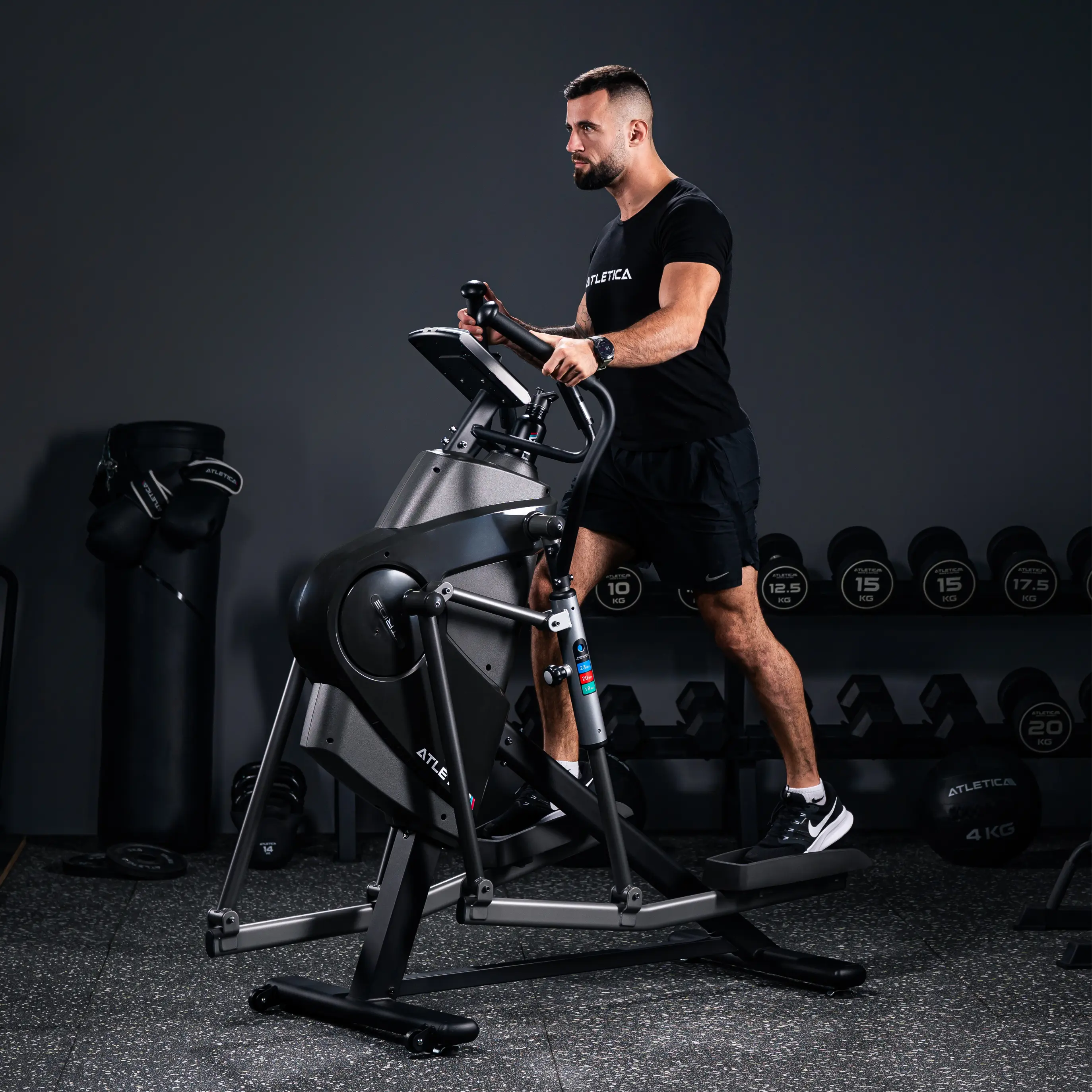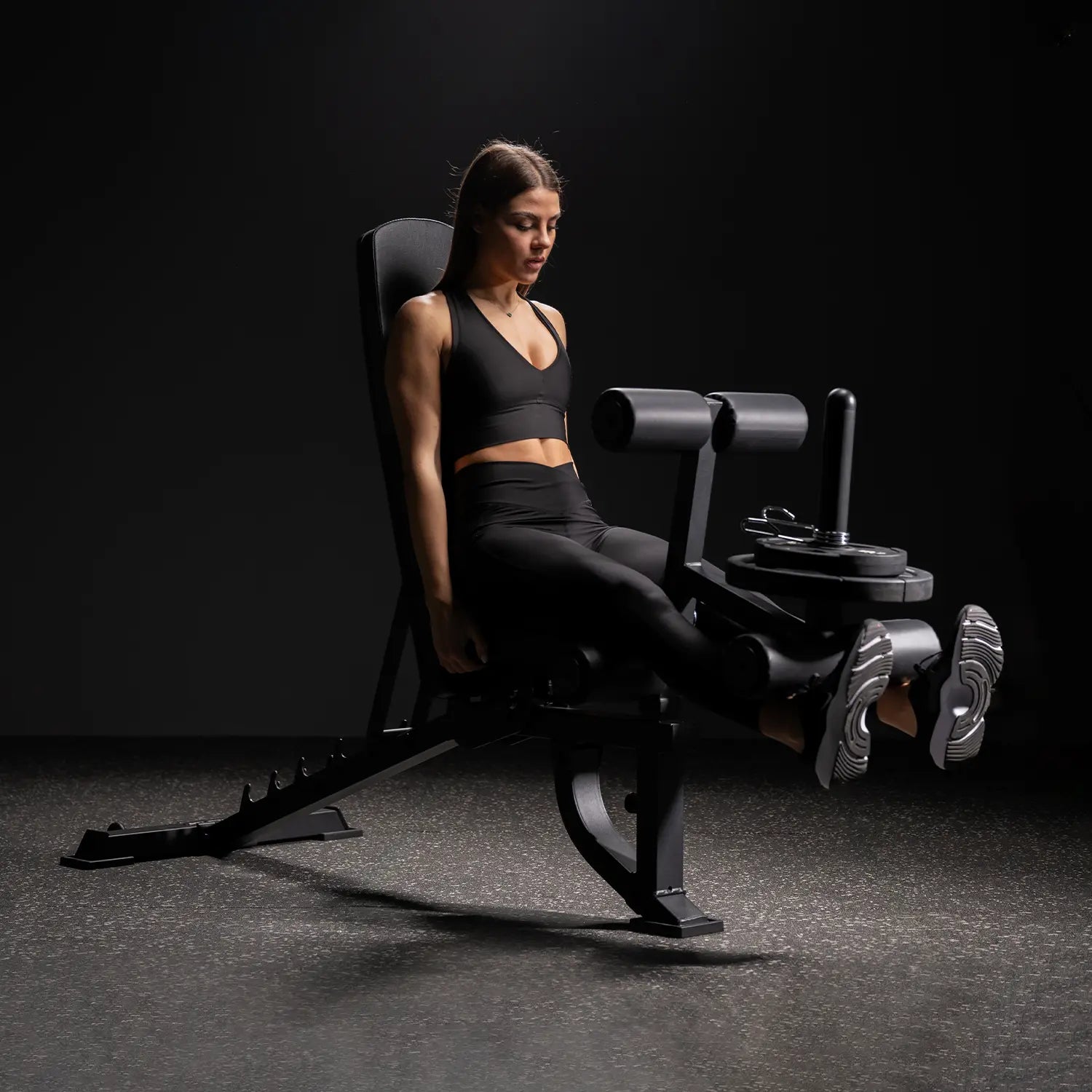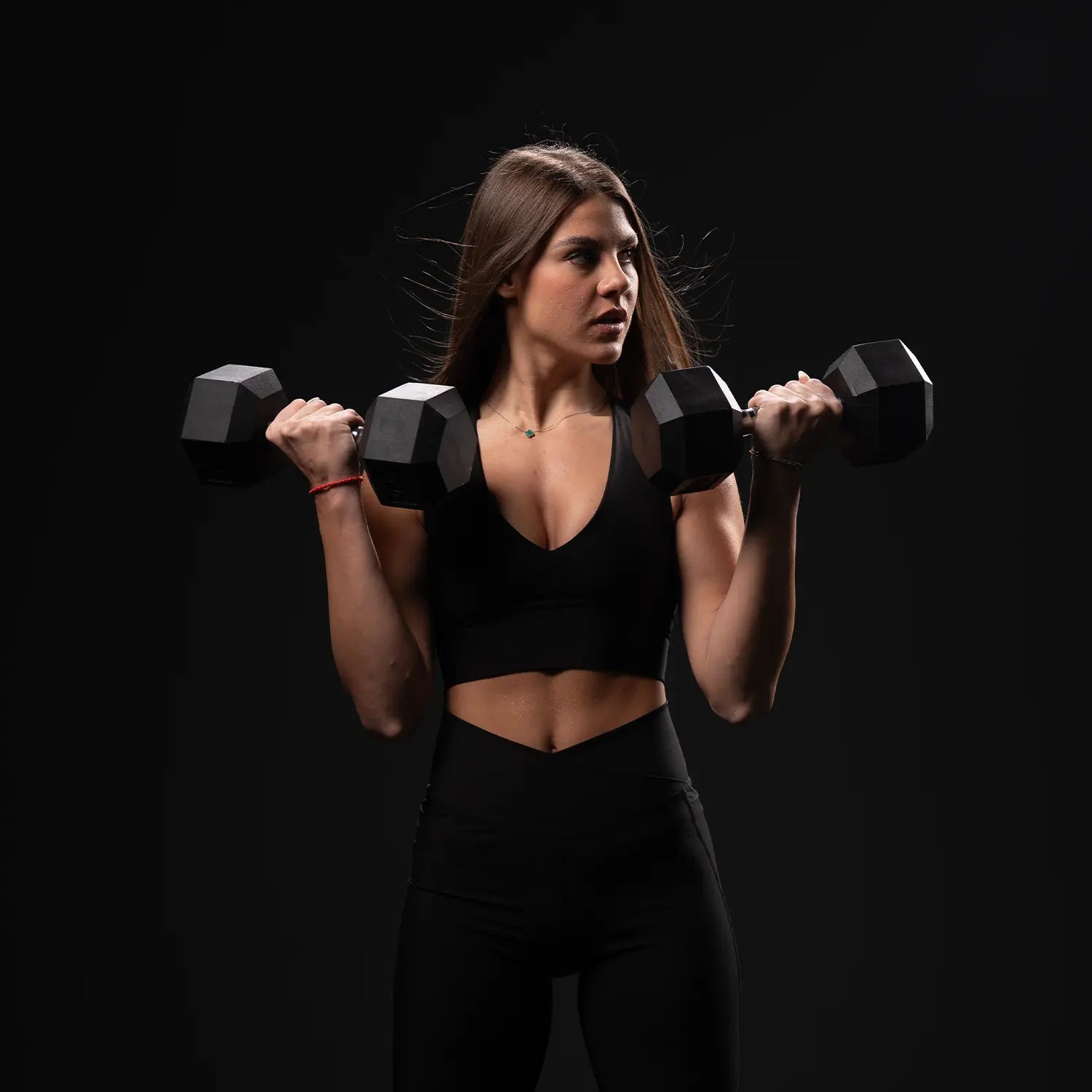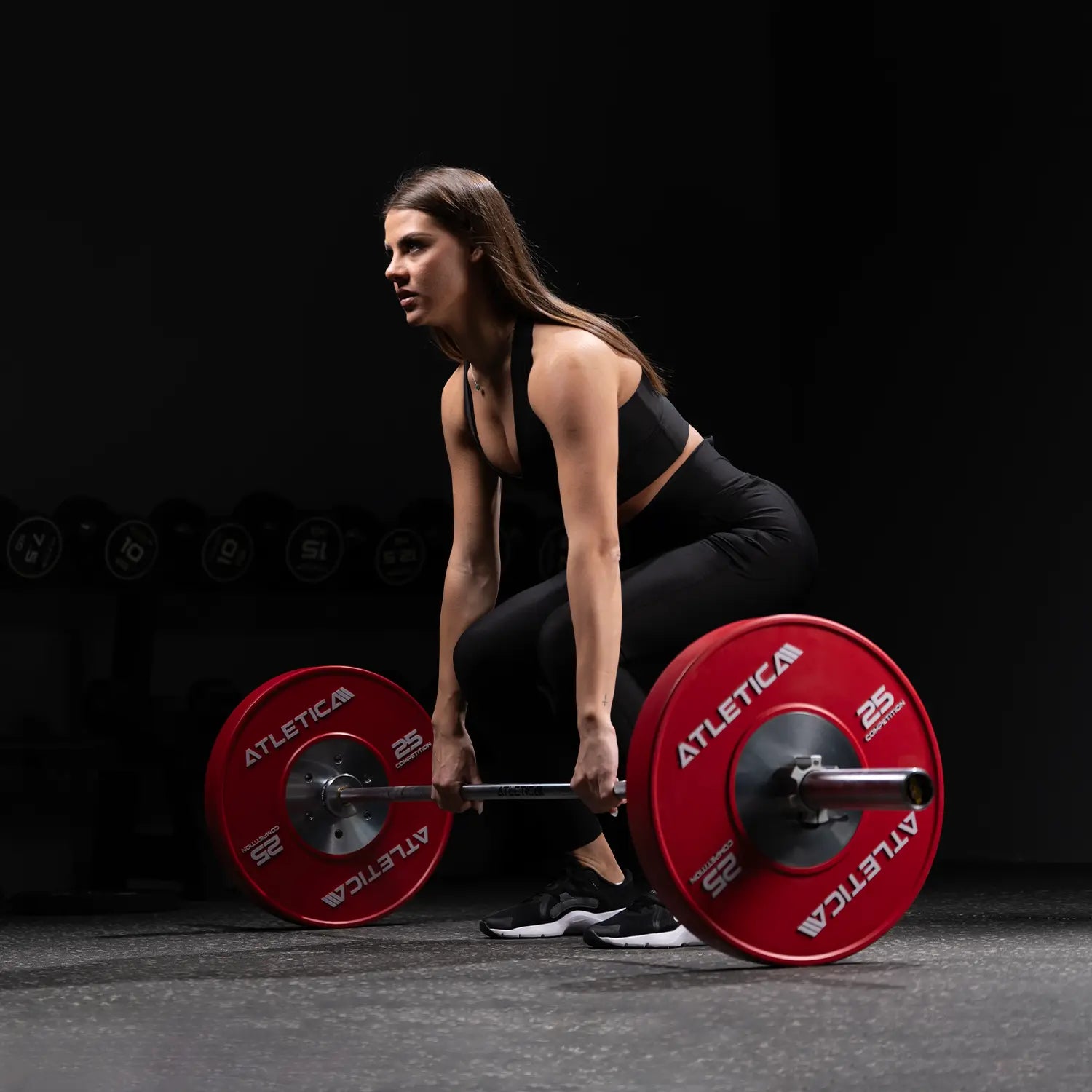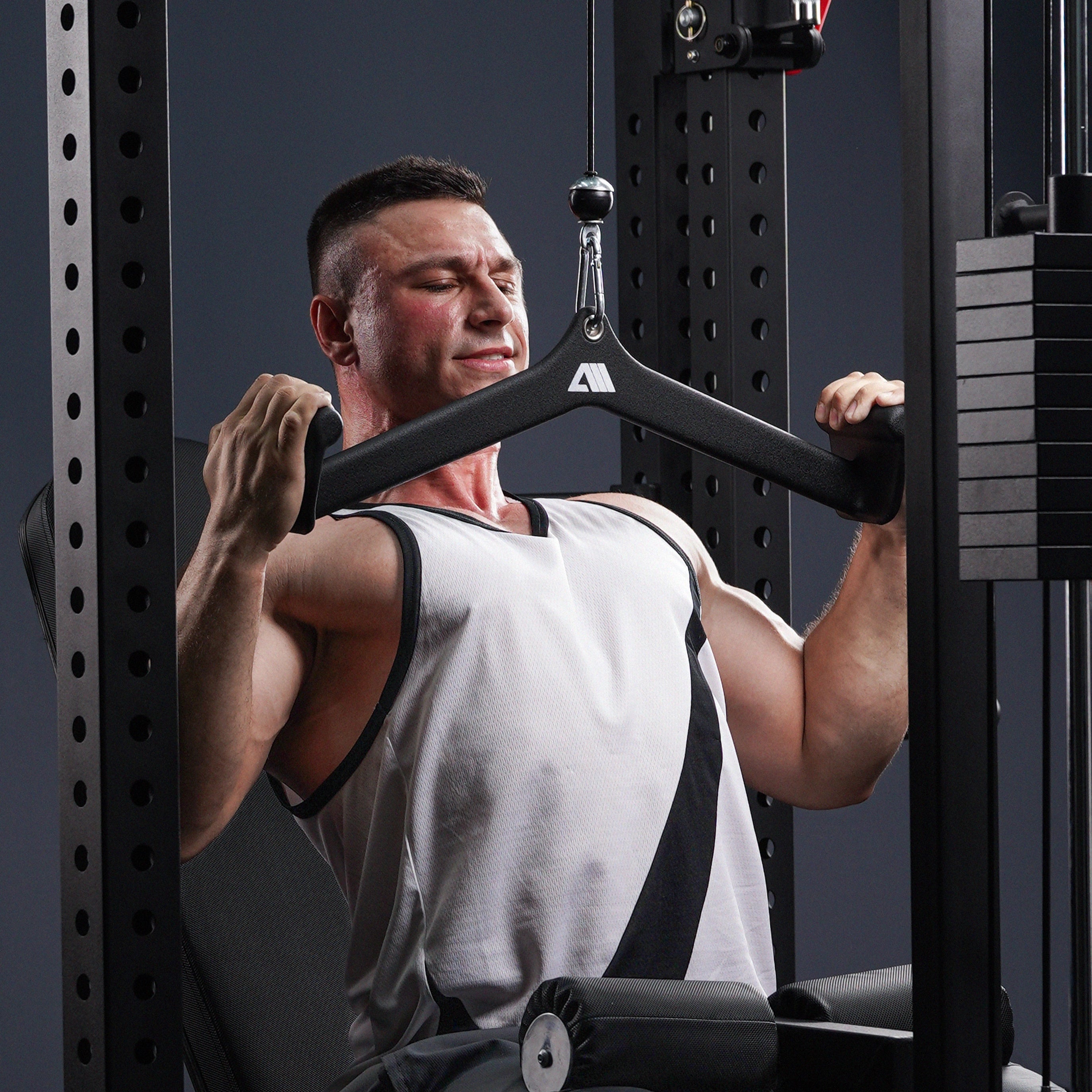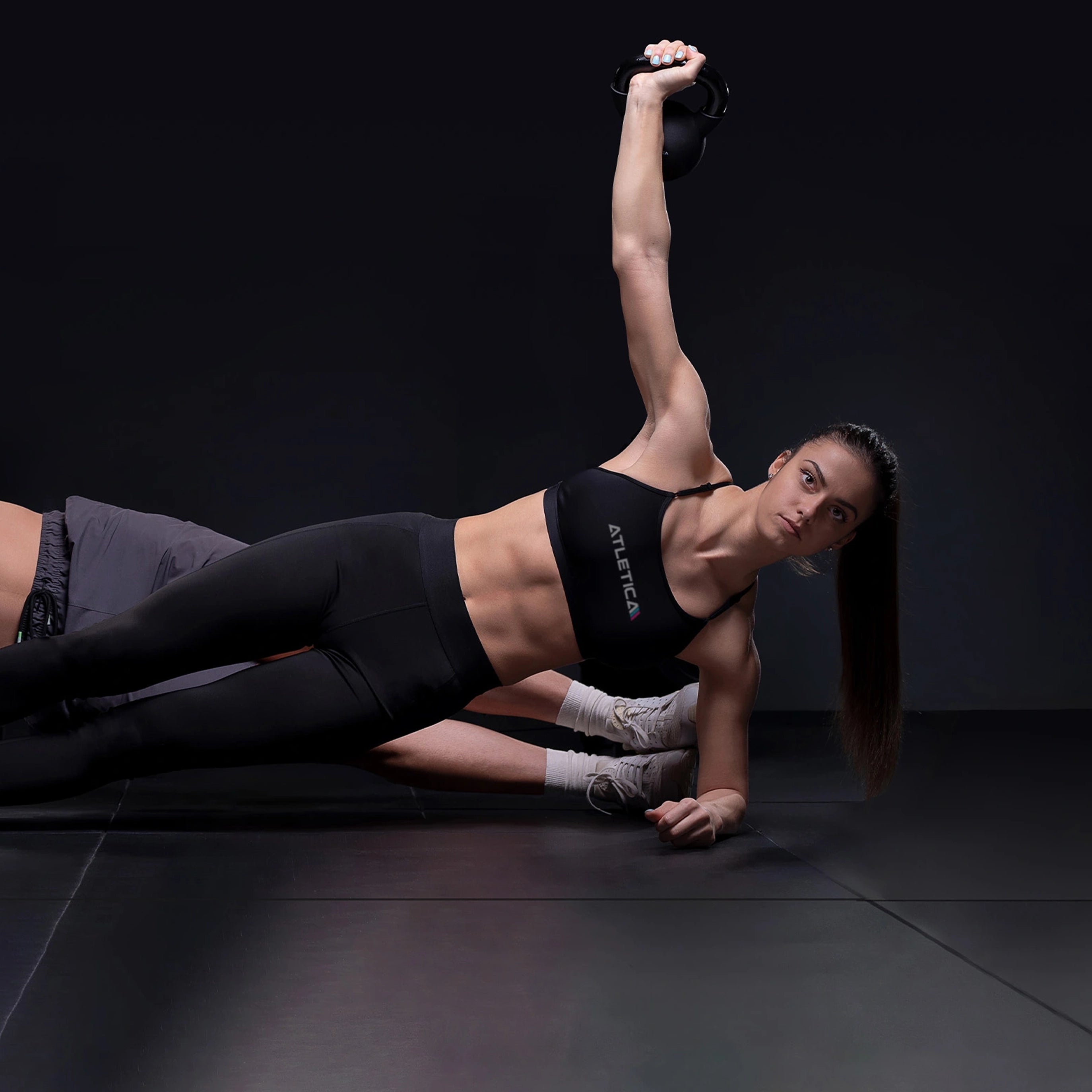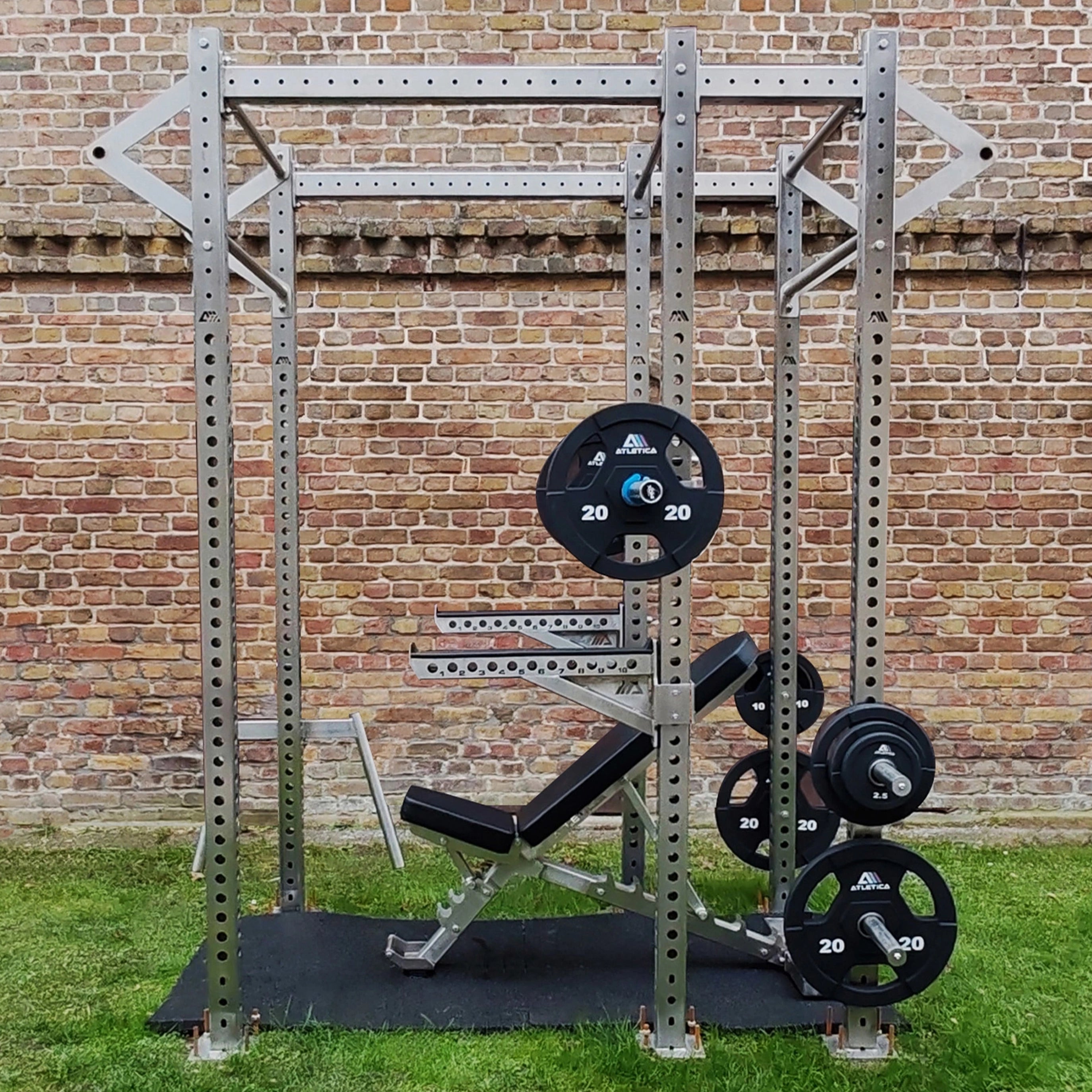Hip pain is one of the most common musculoskeletal complaints – across all age groups. Whether due to prolonged sitting, lack of exercise, or excessive exercise, the hip joint is subjected to significant daily stress and is sensitive to poor posture, muscular imbalances, or lack of exercise.
Unlike acute knee or back pain, hip problems often develop gradually. Initially, there may be only a slight pulling sensation when walking or stiffness after standing up. Later, limitations in mobility and pain during exercise or sitting develop.
If you act in time, you can break the vicious cycle of protective posture and pain – with targeted exercises, conscious posture and sensible training.

What are the most common causes of hip pain?
The reasons for hip pain are varied – but in many cases can be traced back to certain risk factors:
- Lack of exercise : If you sit a lot, you permanently place one-sided strain on your hip flexors.
- Muscular imbalances : In particular, the imbalance between flexors and extensors leads to tensile stress in the hip area.
- Incorrect posture during sports or in everyday life , e.g. B. X-legs or pelvic tilt.
- Adherent fascia that restricts mobility and creates pressure on the joint.
- Overload due to incorrect training stimuli or too much weight without a functional basis.
Ambitious recreational athletes or office workers in particular are familiar with the interplay of inactivity, tension and sudden strain – a breeding ground for hip joint pain.
You should take these symptoms seriously
Not all hip pain is equally dangerous – but you should look out for some warning signs:
- Sharp pain when standing up or walking
- Limited mobility when lifting the leg
- Feeling of tension in the groin area
- Pain when climbing stairs or jogging
- Radiation to the back or thighs

Such complaints indicate functional problems in the hip area – e.g. These include shortened muscles, unstable joint alignment, or one-sided strain. The good news: In many cases, this can be managed without surgery.
What really helps against hip pain
The foundation is exercise—but not just any exercise, but targeted, functional training. The following three pillars form an effective approach to combating hip problems:
- Mobilize : Regain mobility
- Stretching : Relieve tension and shortening
- Strengthen : Build hip stabilizers and improve joint guidance
Mobilization: Making rigid structures mobile again
One of the biggest problems with hip pain is a lack of mobility—especially in the hip flexors and lower back. Targeted mobilization exercises can restore limited mobility and improve joint function.

Example exercise: Knee- hip mobilization
- Go into a half lunge, with one leg in front and the other stretched out behind you.
- Slowly push your hips forward without bending your back leg.
- Hold the position for 20-30 seconds, then switch sides.
Tip : Use a fascia roller for preparation – it loosens adhesions and improves blood circulation in the hip area.
Stretching: Relieve the hip flexors
A frequently overlooked cause of pain is the iliopsoas muscle —your hip flexor. If it is permanently shortened (e.g., B. by sitting for long periods), your pelvis tilts forward, the pressure on the hip increases, and pain is the result.
Example exercise: hip flexor stretch
- Get into a kneeling position, placing one leg forward.
- Push your pelvis slightly forward without arching your back.
- Stretch arms up, maintain tension.
You can incorporate this exercise into your warm-up or use it as a daily mini-ritual in the morning. It's even more effective with a mini band to stabilize your posture.
Strengthening: Creating muscular balance
Strong muscles relieve pressure on the joint – the gluteal muscles and hip abductors are particularly crucial. They provide stability , execute the movement correctly, and prevent the pelvis from tilting.

Example exercise: Hip Thrust
- Place your shoulders on a weight bench and place your feet shoulder-width apart.
- Lift your pelvis in a controlled manner until your upper body and thighs form a line.
- Hold briefly, then lower – 10-12 reps.
Advanced users use a barbell or dumbbells for additional resistance.
Other effective exercises: lateral leg raises, Bulgarian split squats, weighted step-ups – all can be easily integrated into training with a power rack .
Everyday tips for hip problems
In addition to targeted training, small changes in your everyday life will help you avoid hip pain in the long term:
- Reduce sitting time : Stand up for 2-3 minutes every hour and mobilize your hips.
- Warming up before training: Especially important in cold weather or if you have a pre-existing condition.
- Exercise instead of rest: Walking, cycling or light workouts are often better than rest.
- Check your posture: Do you often sit with your legs crossed or your back hunched?
In the long run, a conscious lifestyle will help you more than any ointment – especially if you do your hip exercises regularly.
These products will help you with hip pain
At atletica.de you will find high-quality equipment for your hip training – whether you are a beginner or a professional:
- Adjustable weight bench B10 – for exercises such as hip thrusts, split squats & Co.
- Power Racks – with J-Hooks, Safety Arms and Accessories
- Hex Dumbbells – compact, robust, versatile
- Fascia roller & ball – for targeted muscle relaxation
- Minibands – perfect for activation exercises and stability

Conclusion: Hip pain needs movement – not rest
Many people with hip pain make the mistake of becoming passive. This, however, only worsens the symptoms. With targeted training, mobilization, and a conscious approach to your body , you can not only alleviate symptoms but also prevent them in the long term.
It's the combination of strengthening, stretching, and high-quality tools that makes all the difference. And the best part: You don't need a gym. With the right equipment, you can easily do your personalized hip workout at home – safely, effectively, and sustainably.
You can find more information on effective exercises and tools for hip pain in the Atletica blog – or discover the right equipment for you in the Atletica online shop. Start your hip training – for more mobility and a pain-free life.


